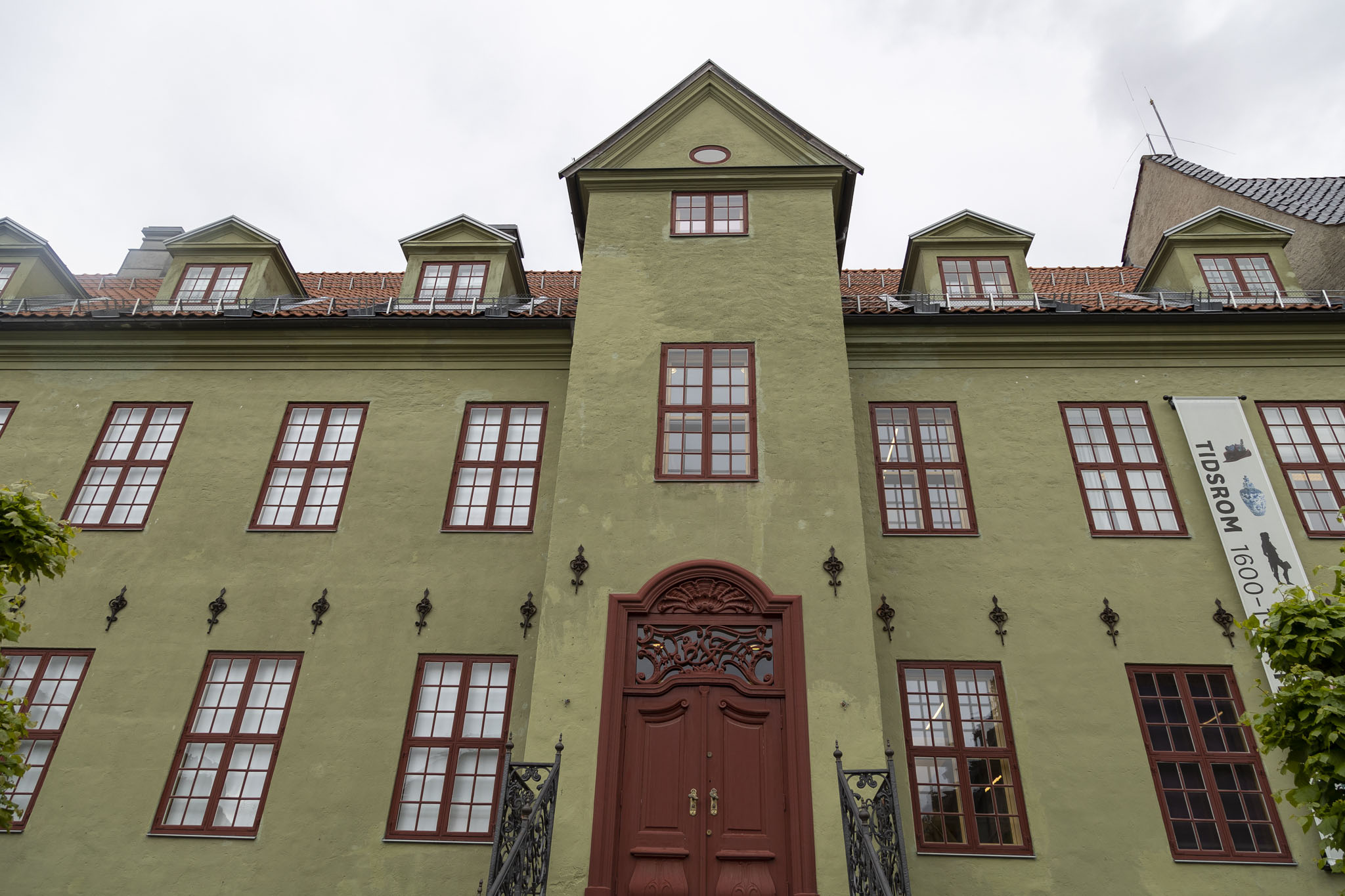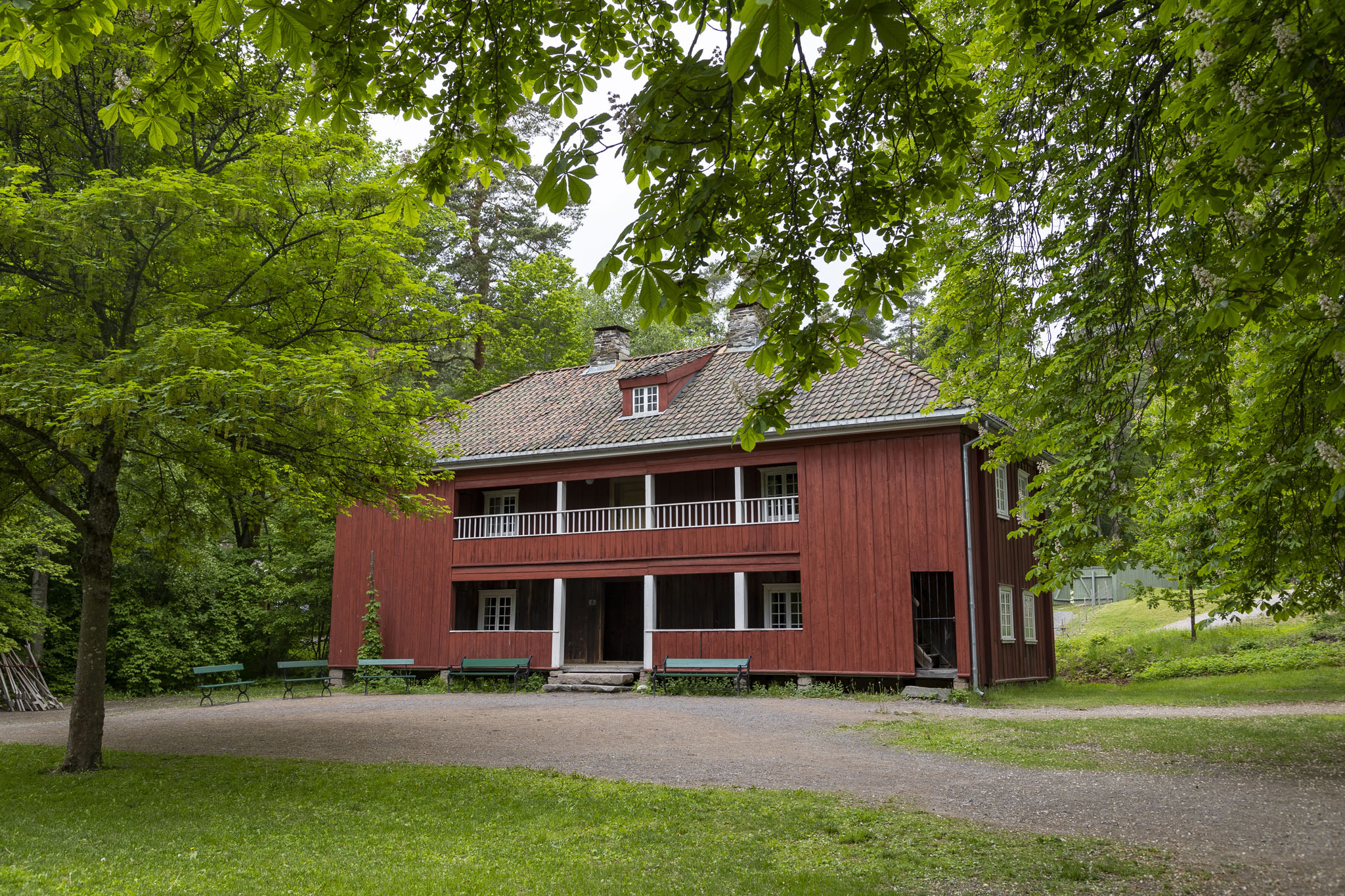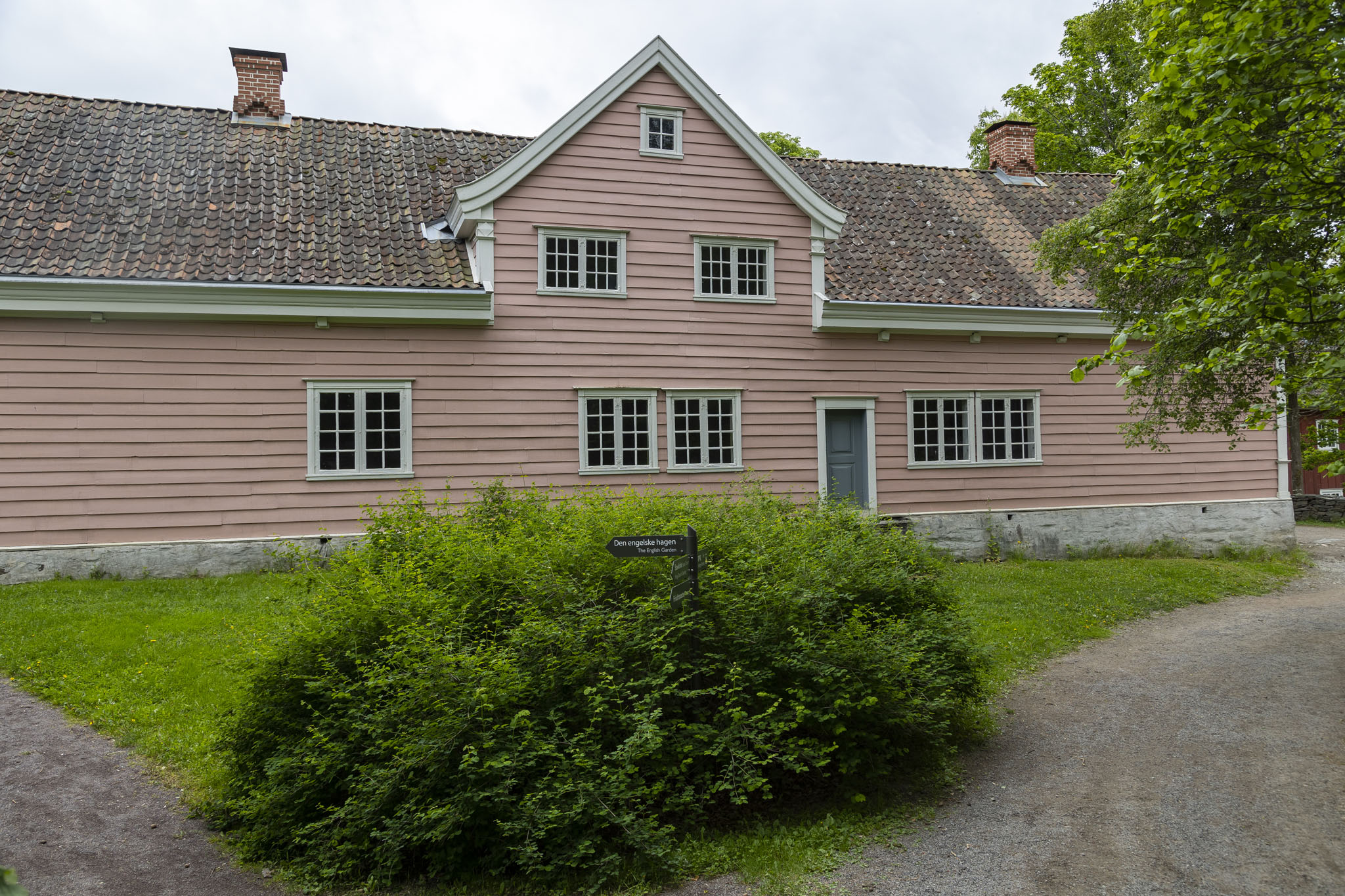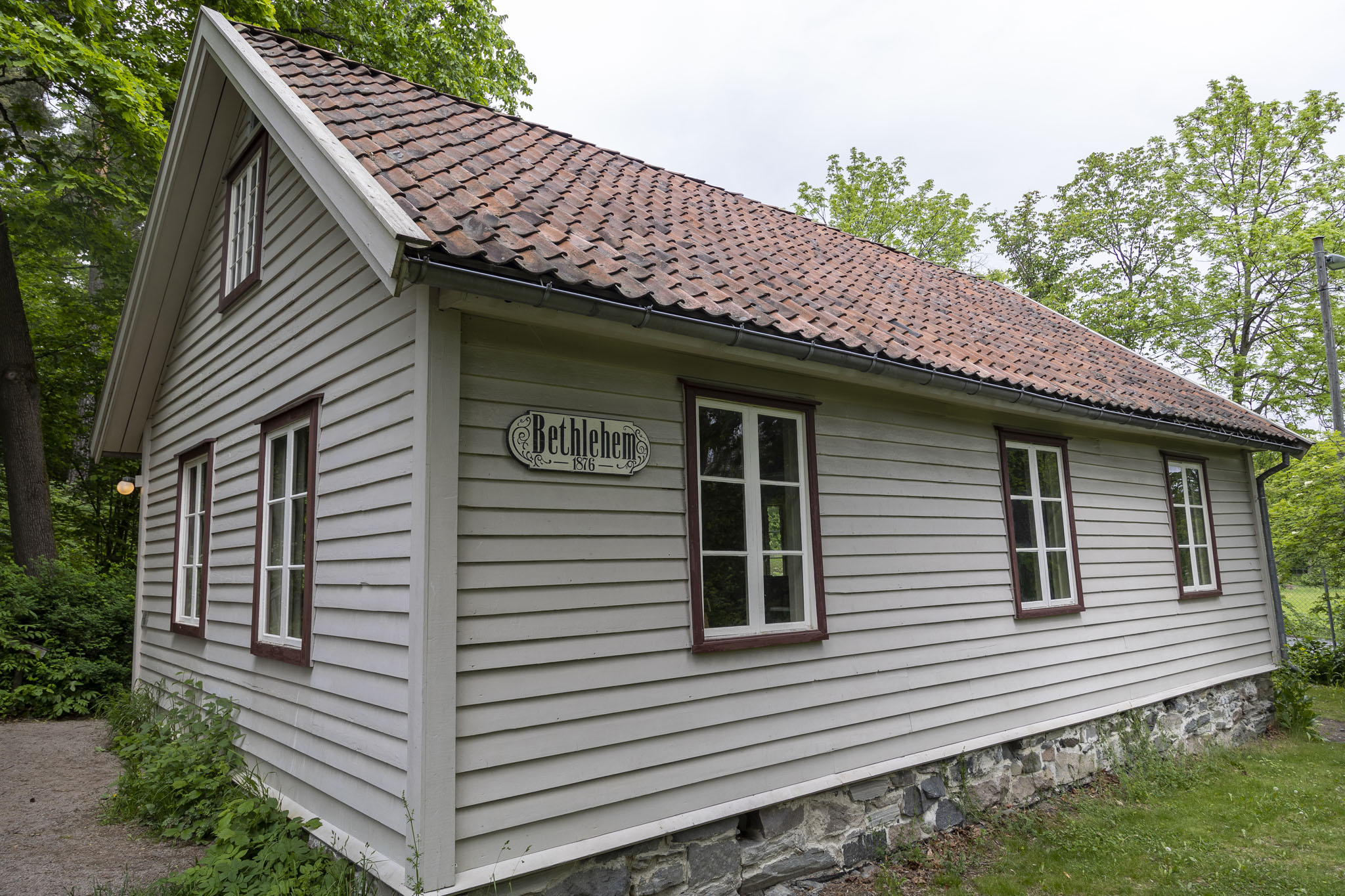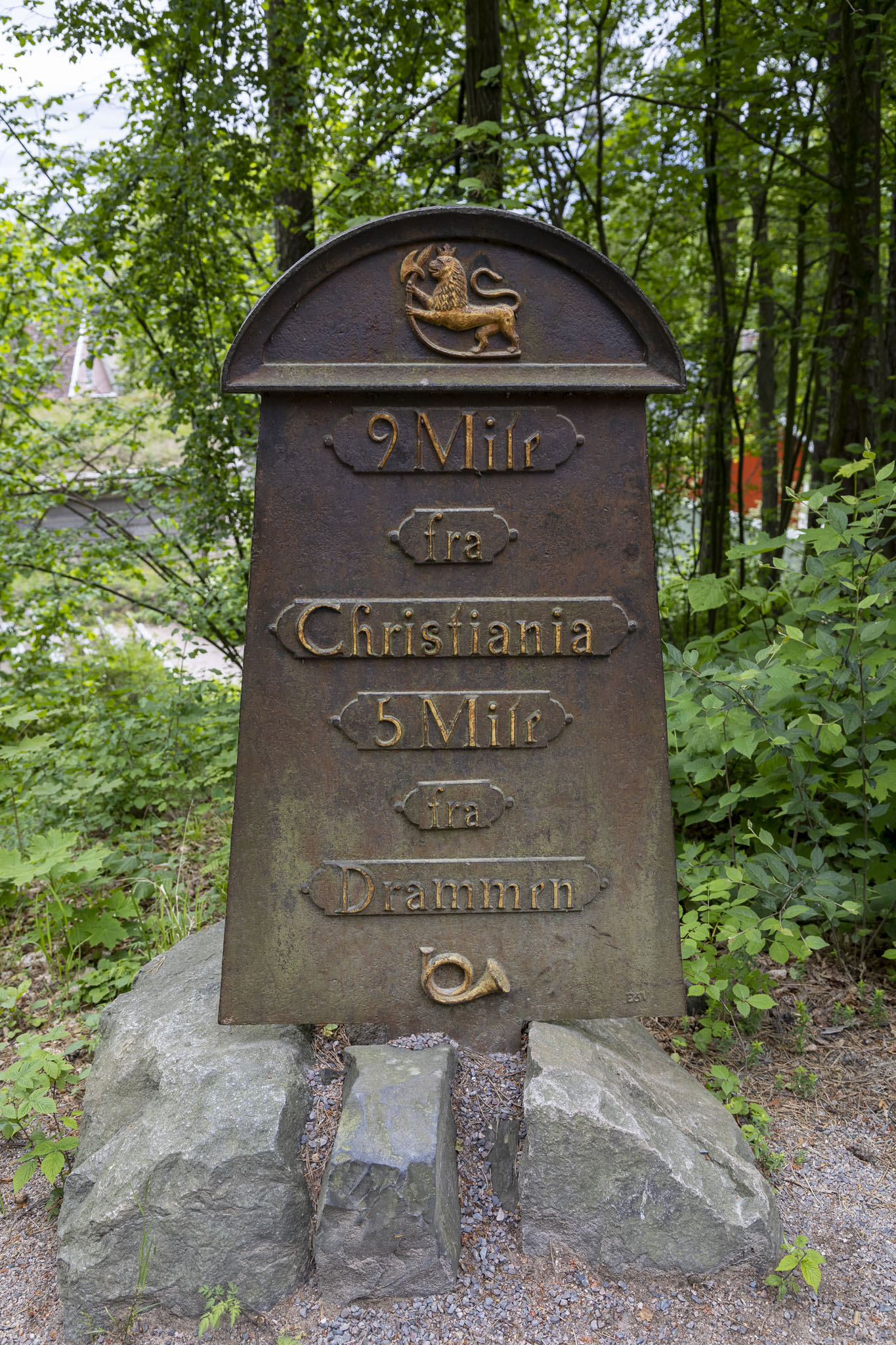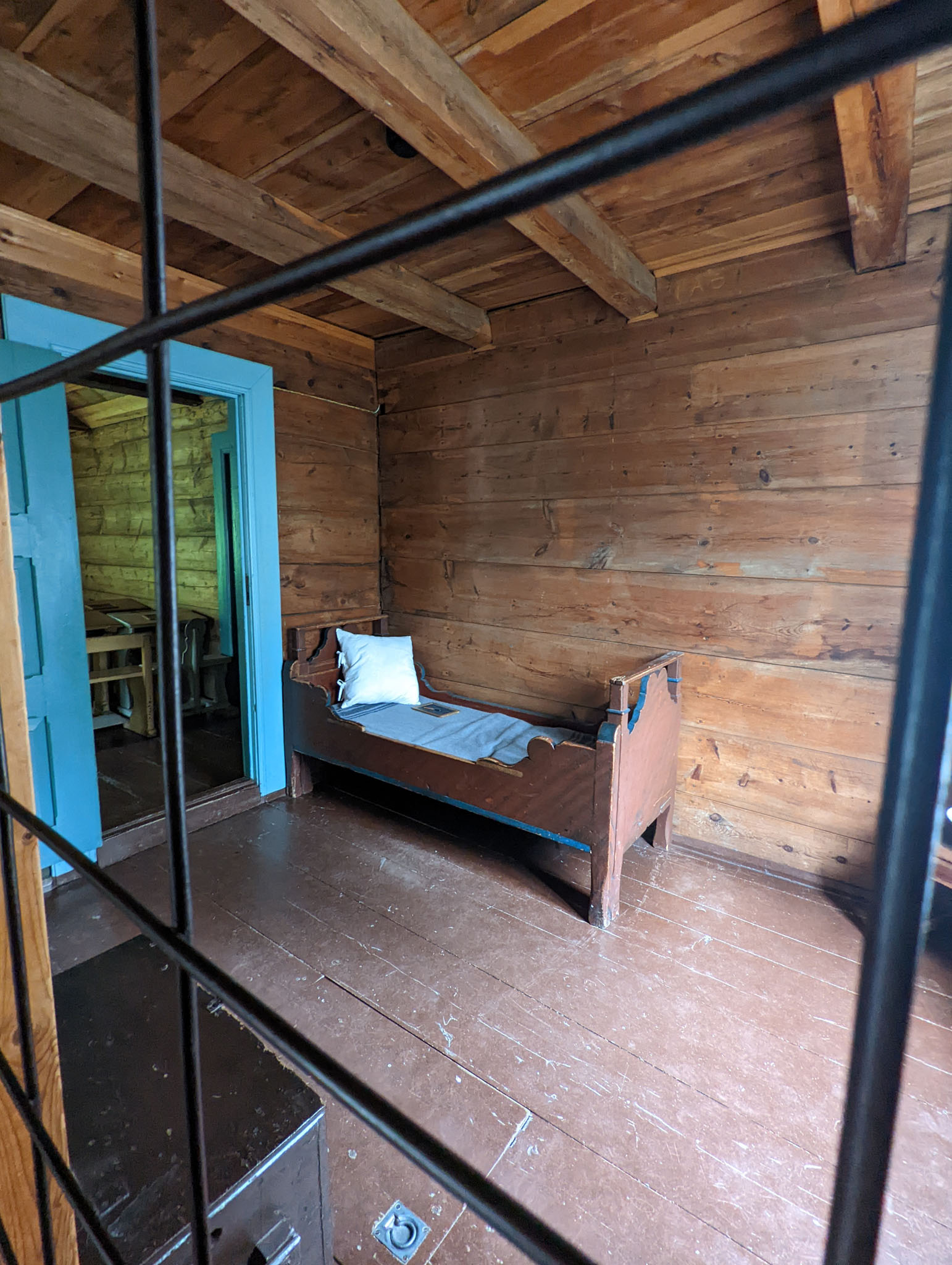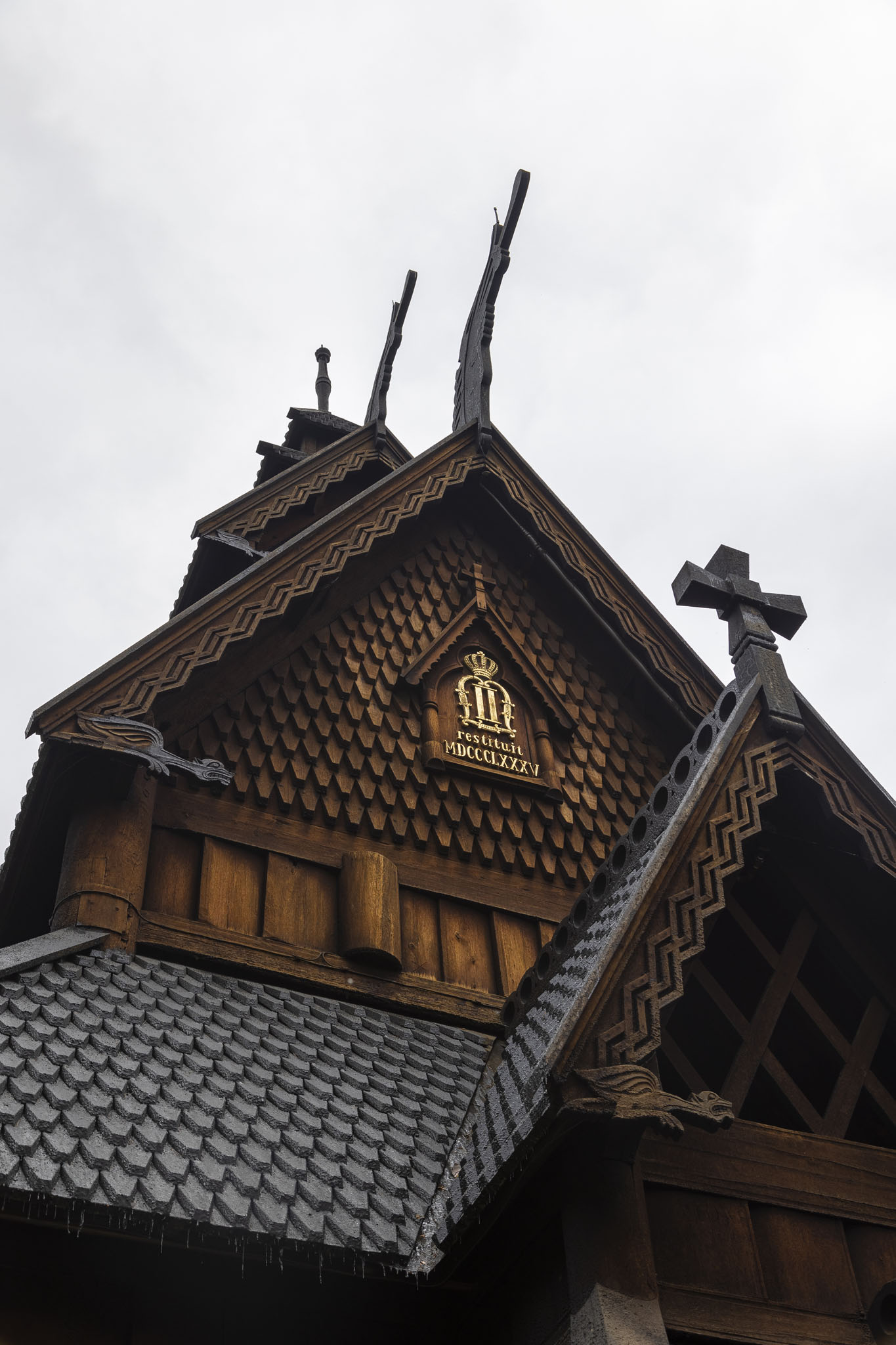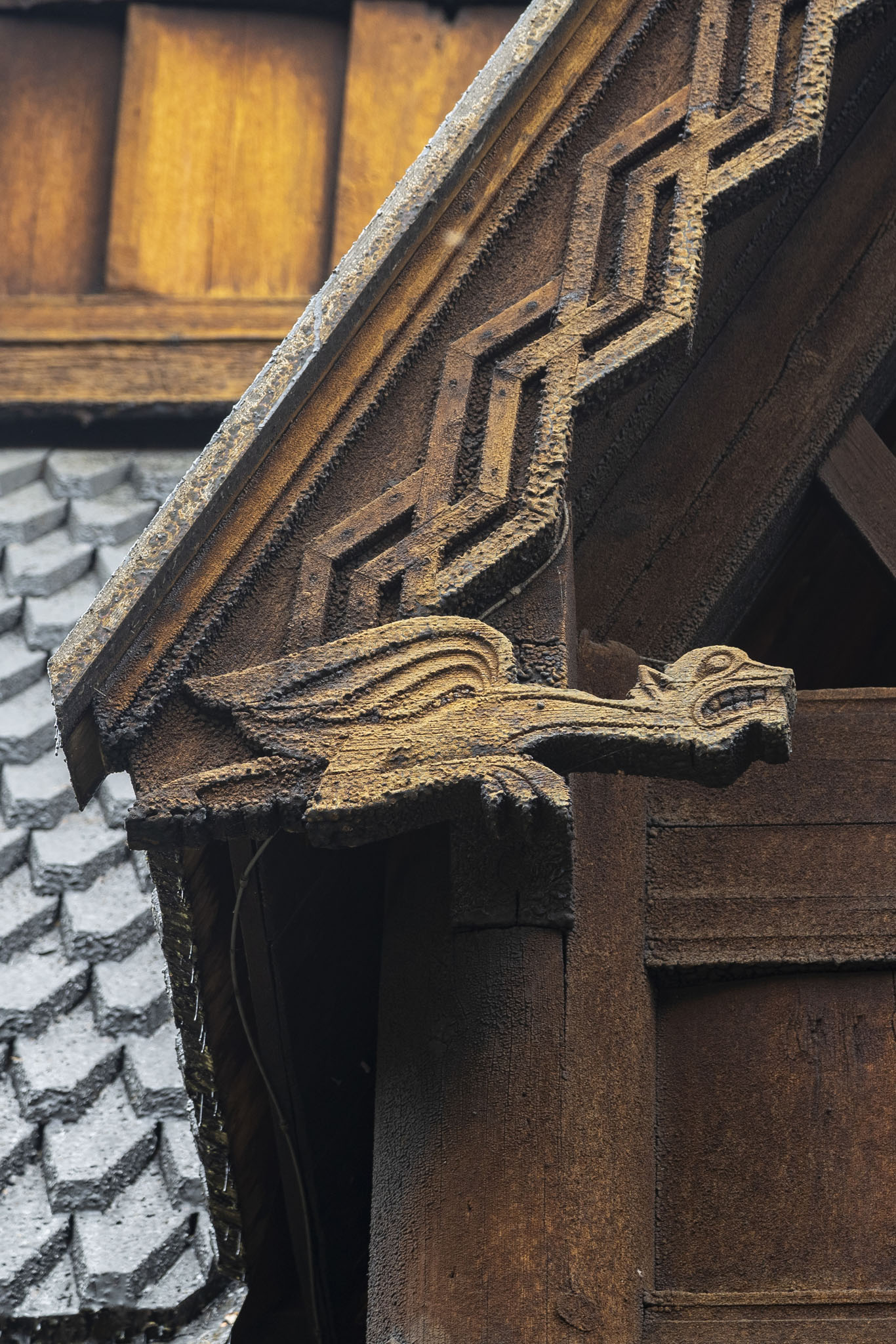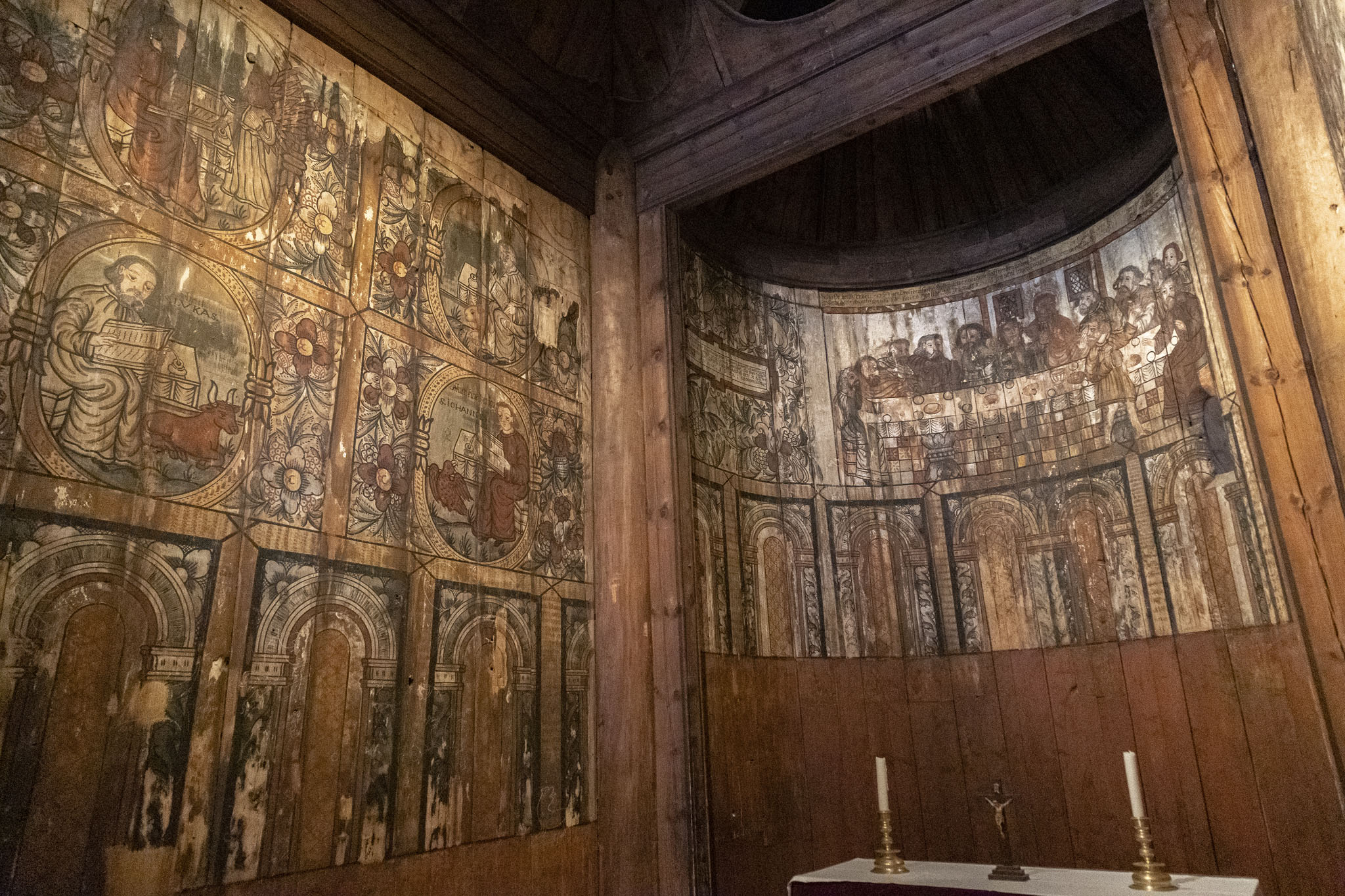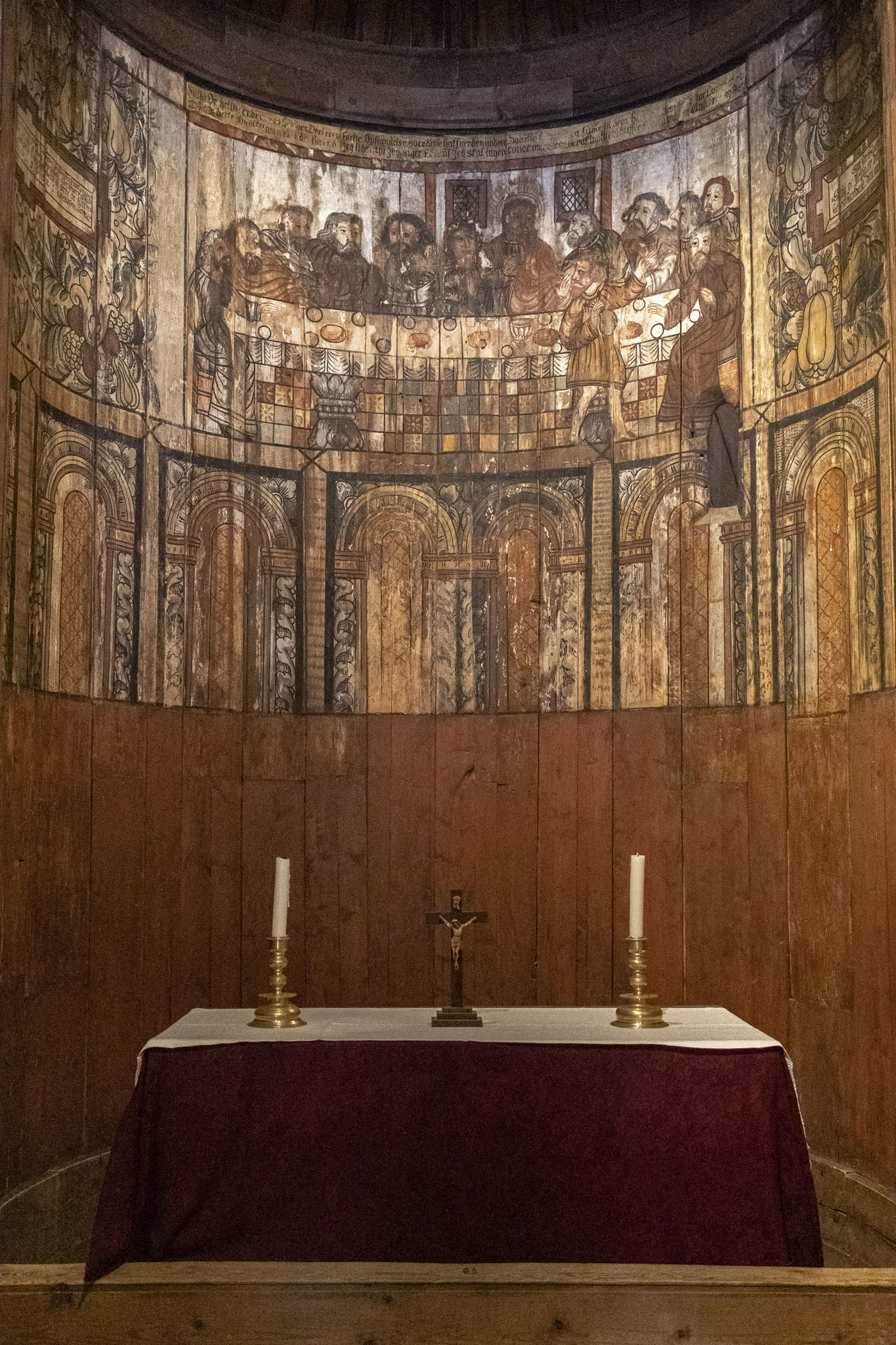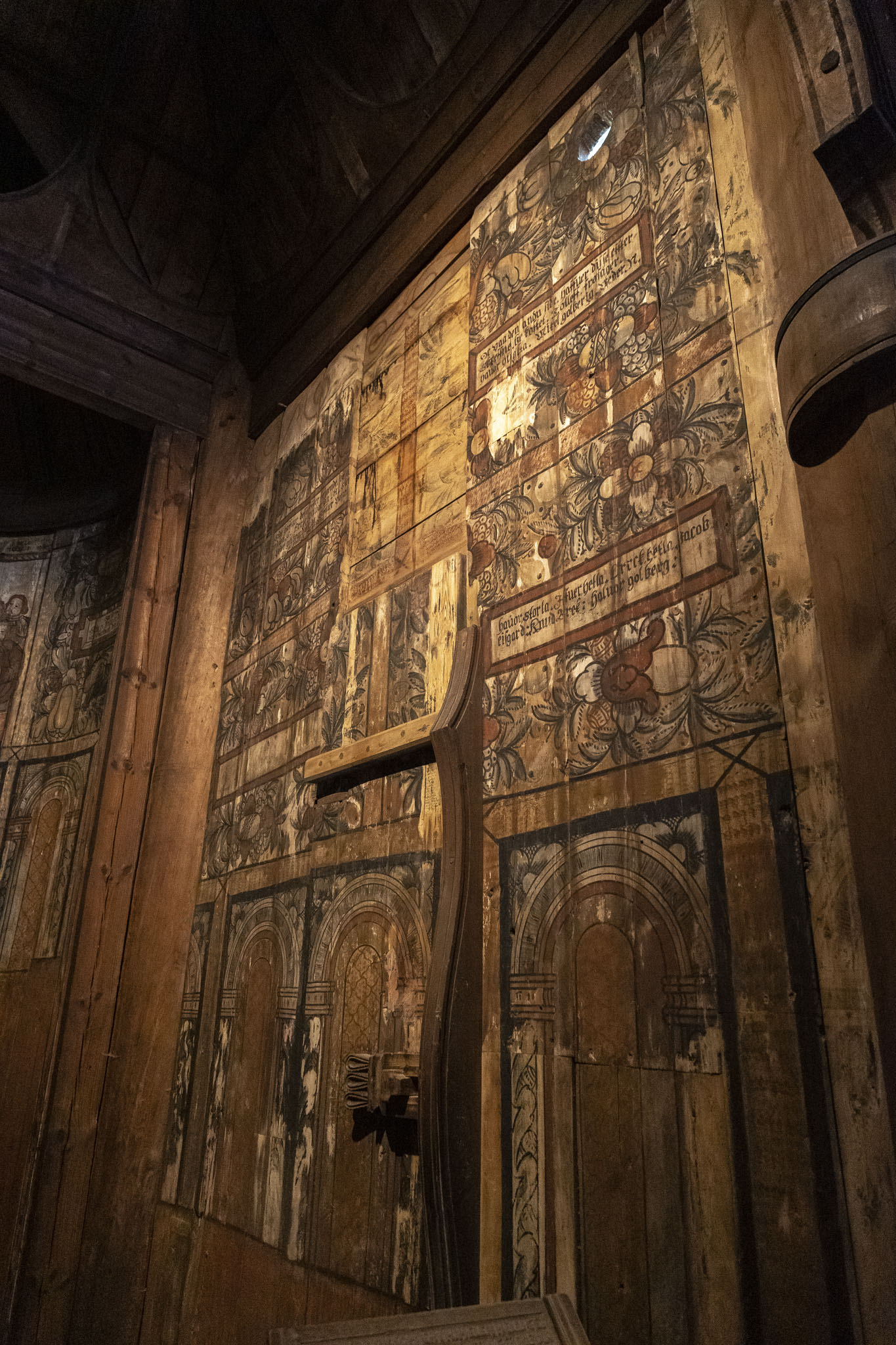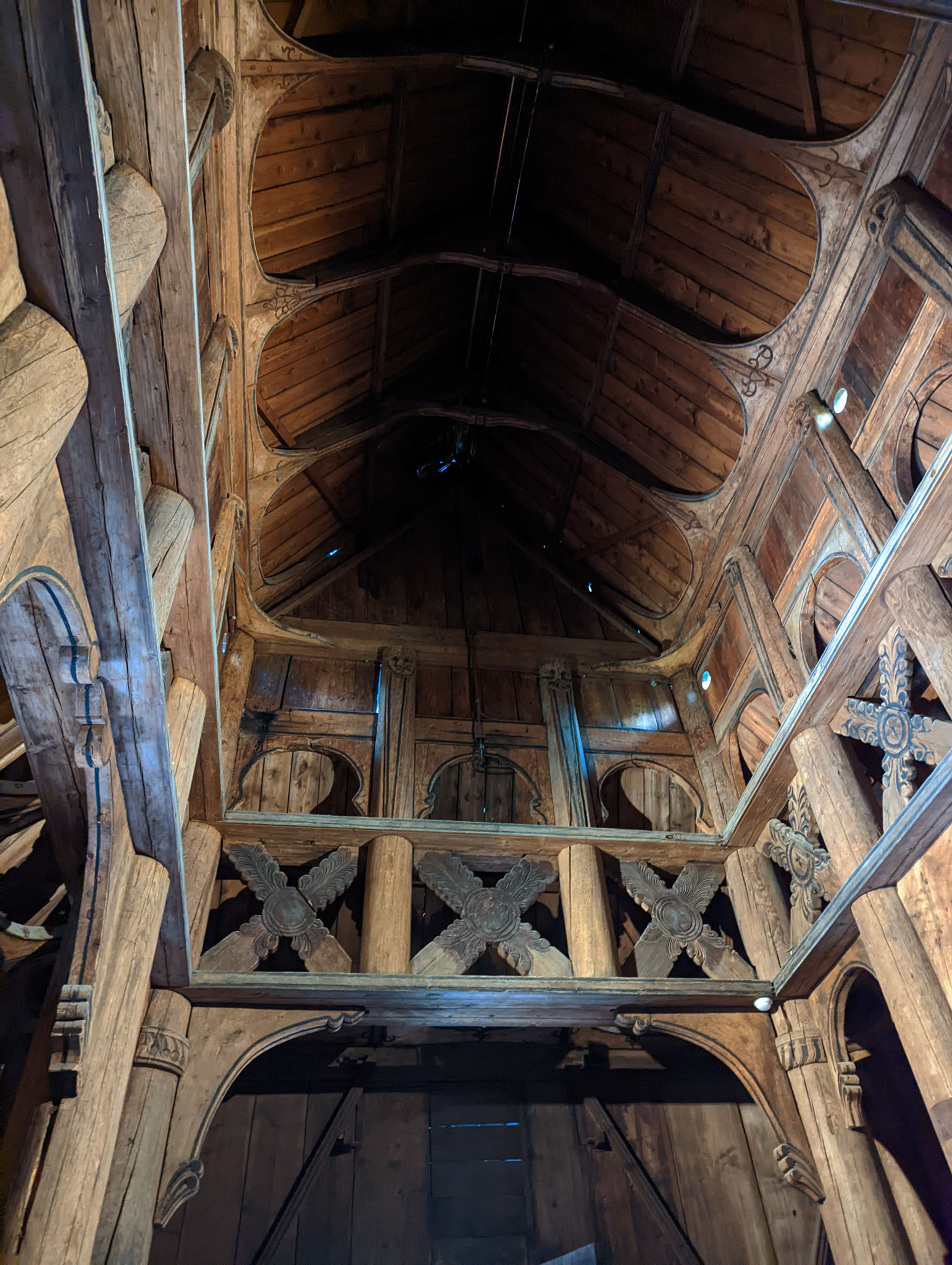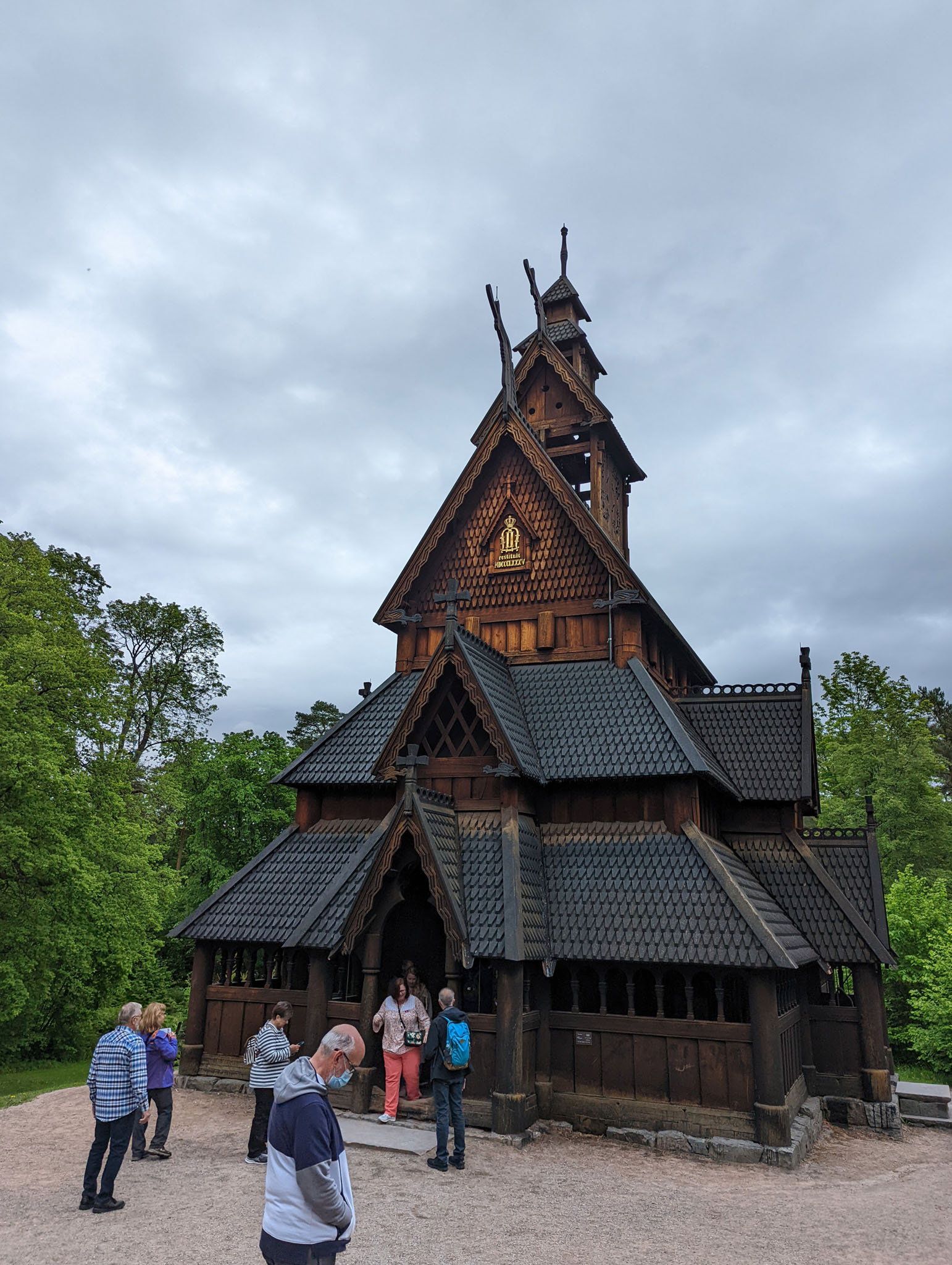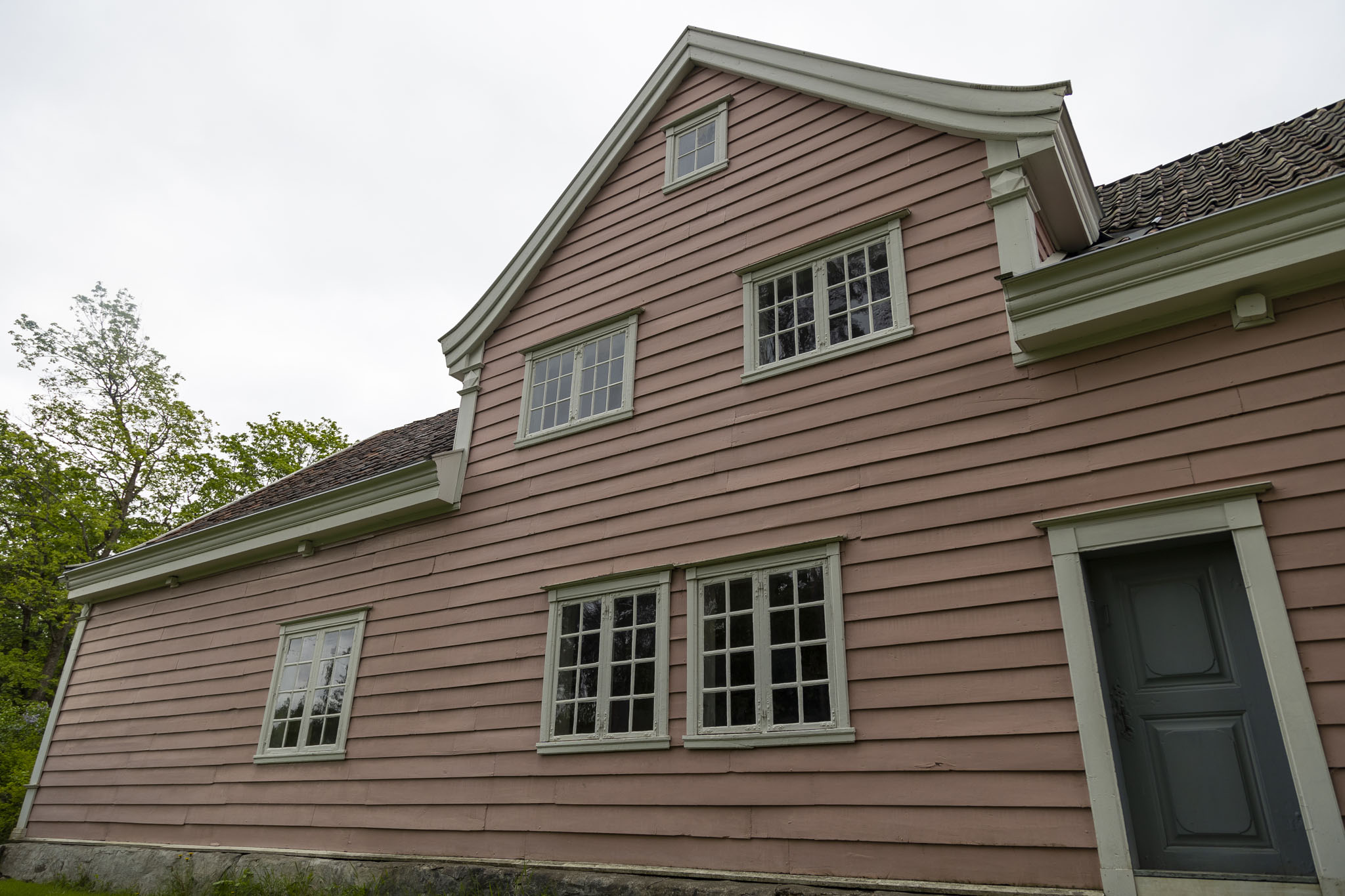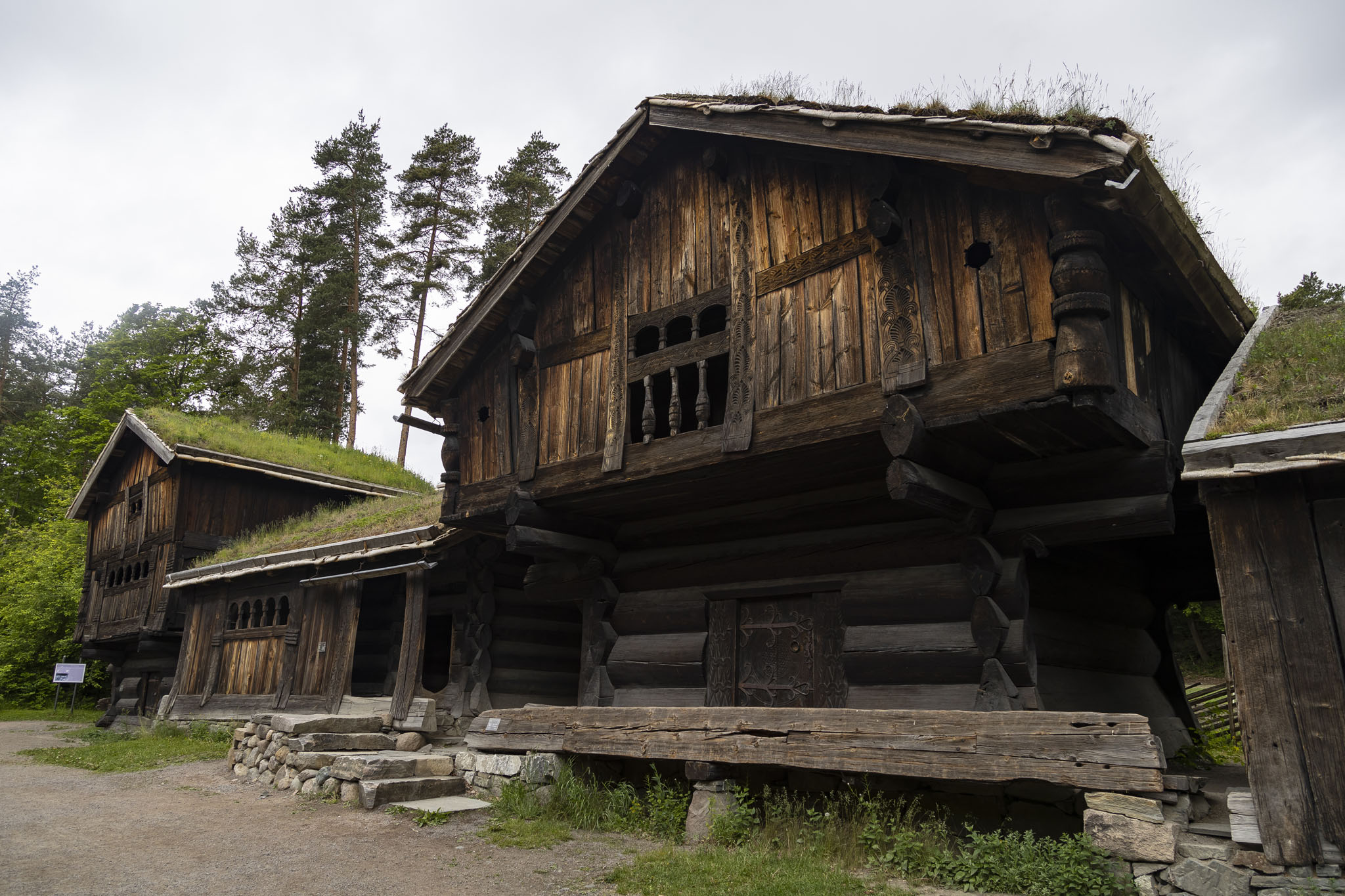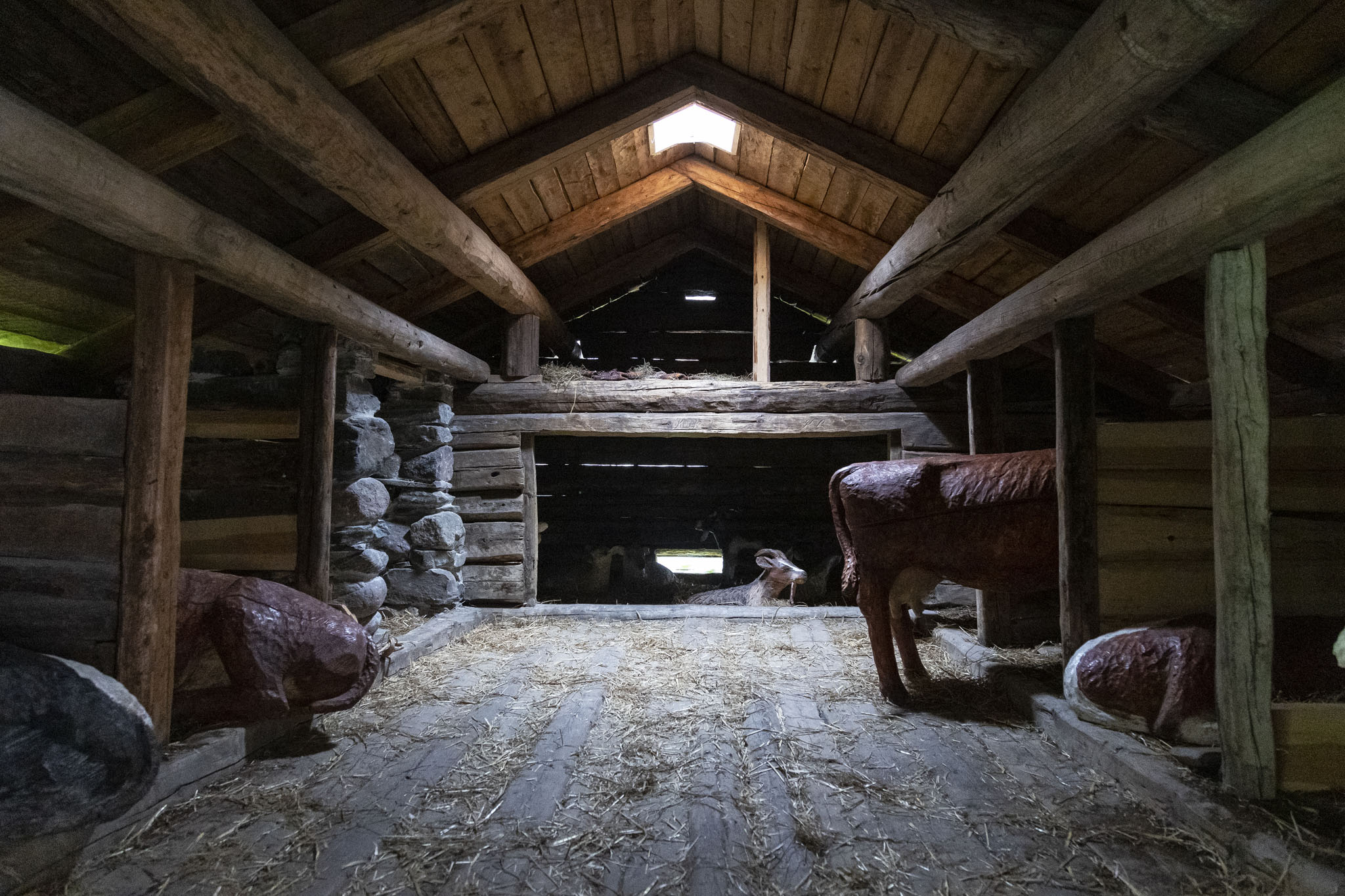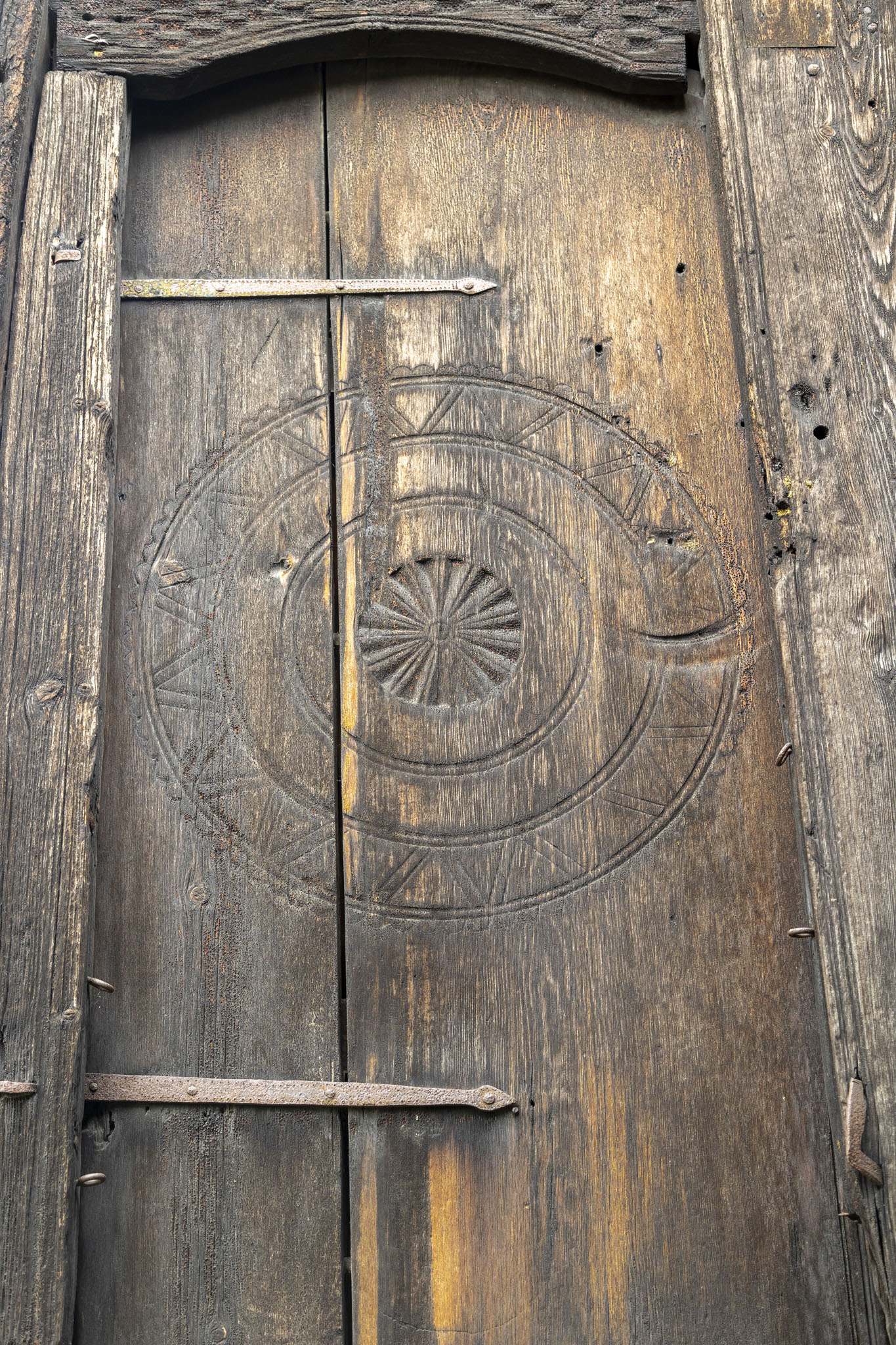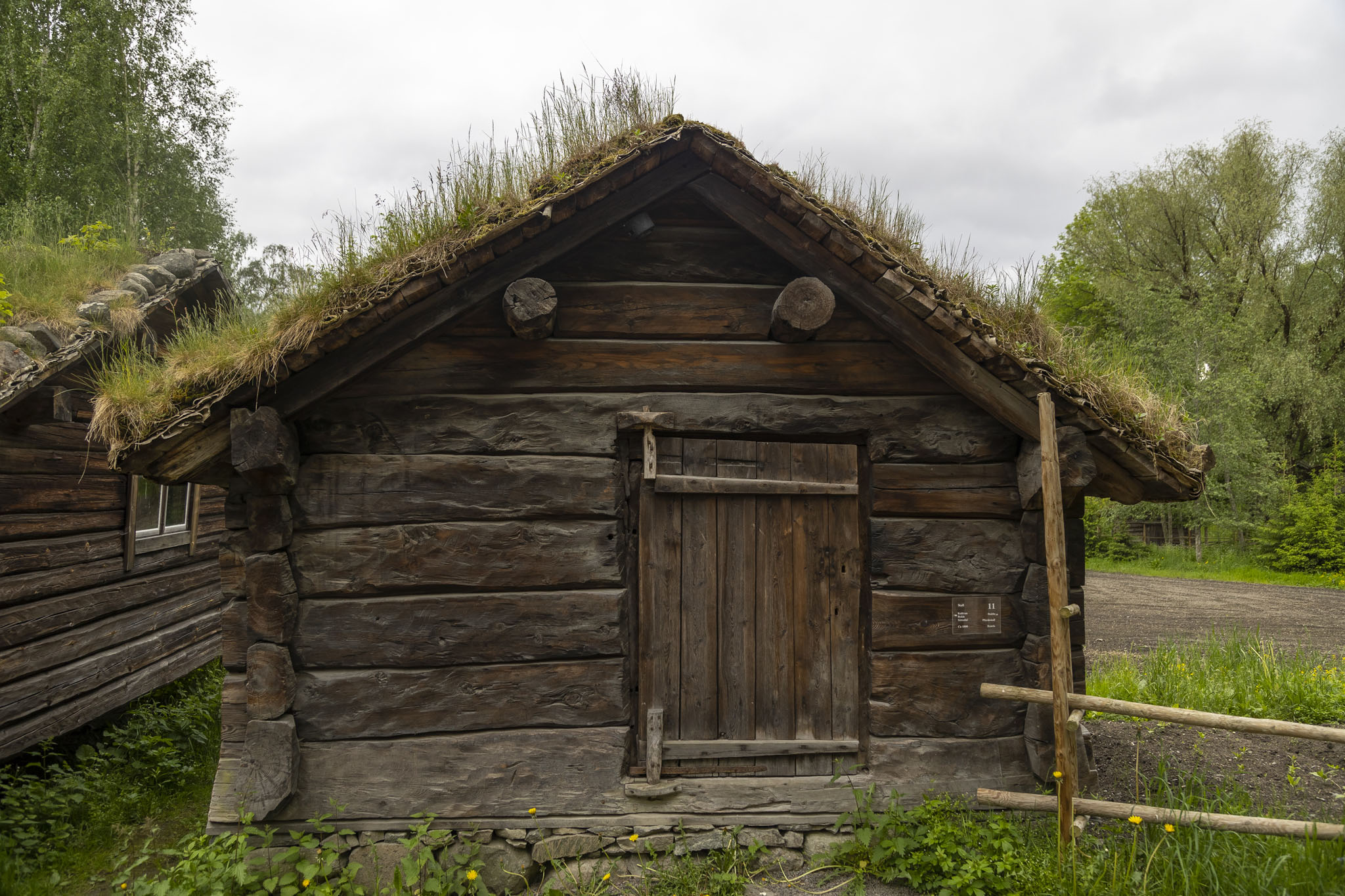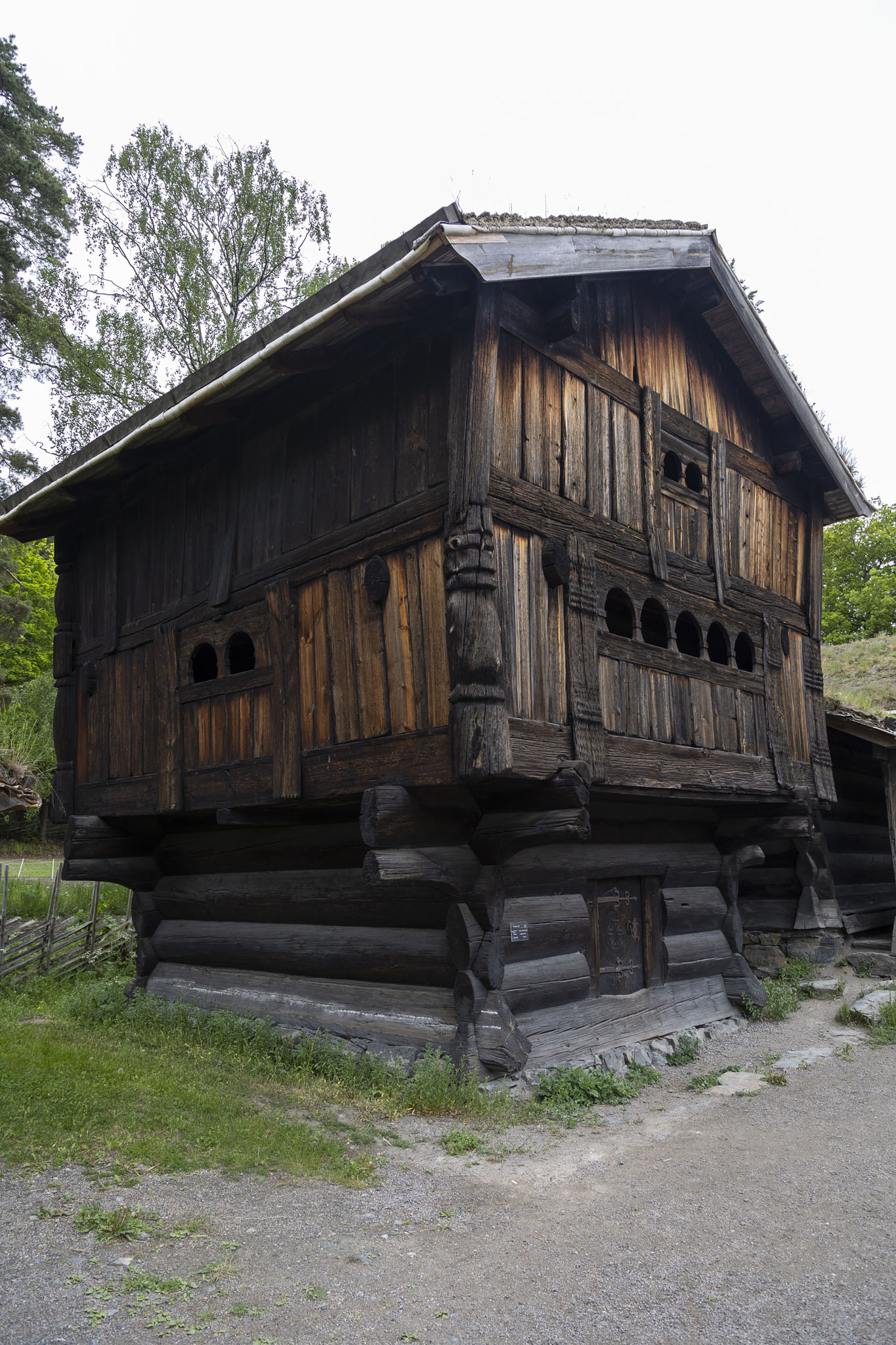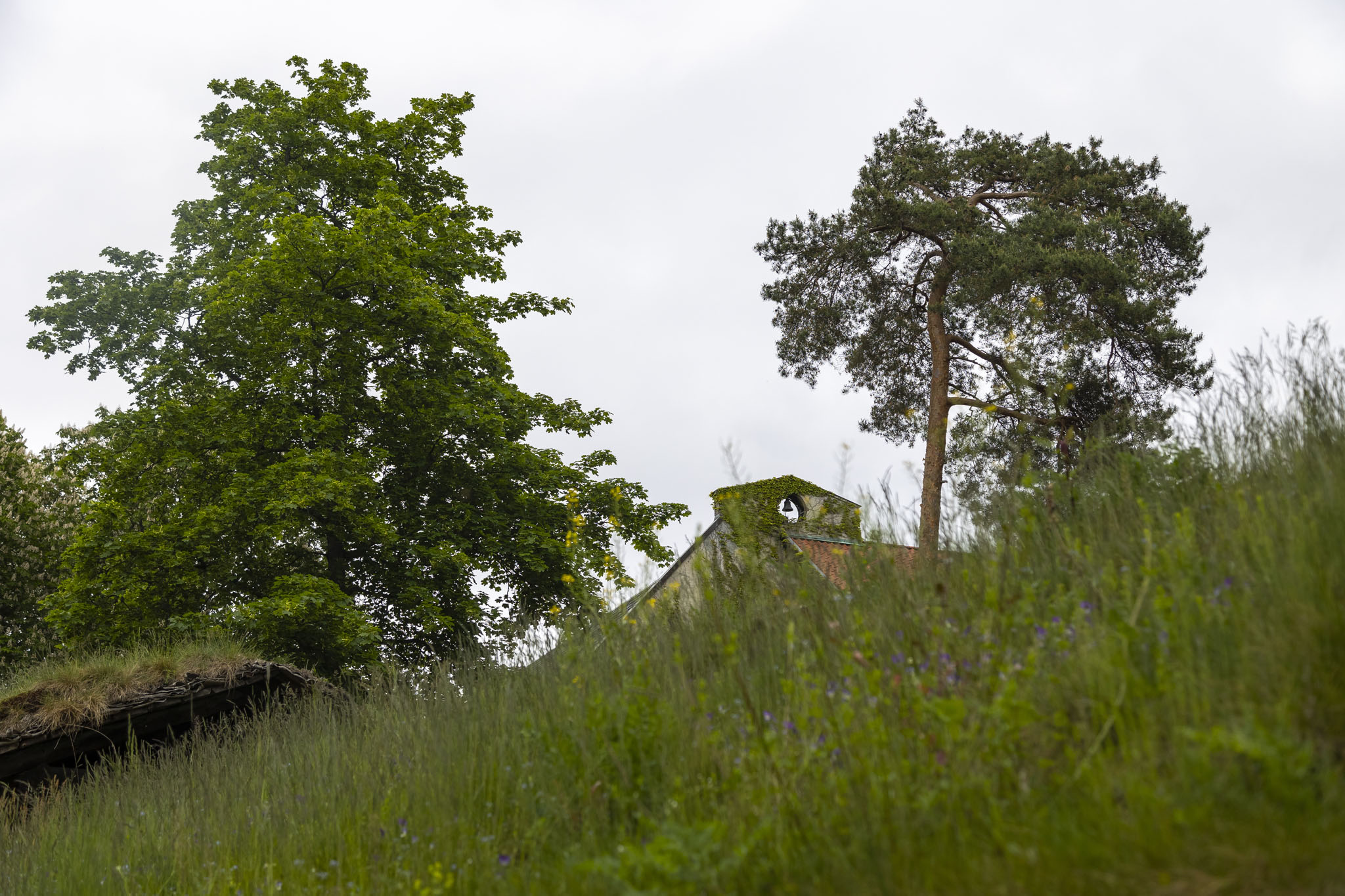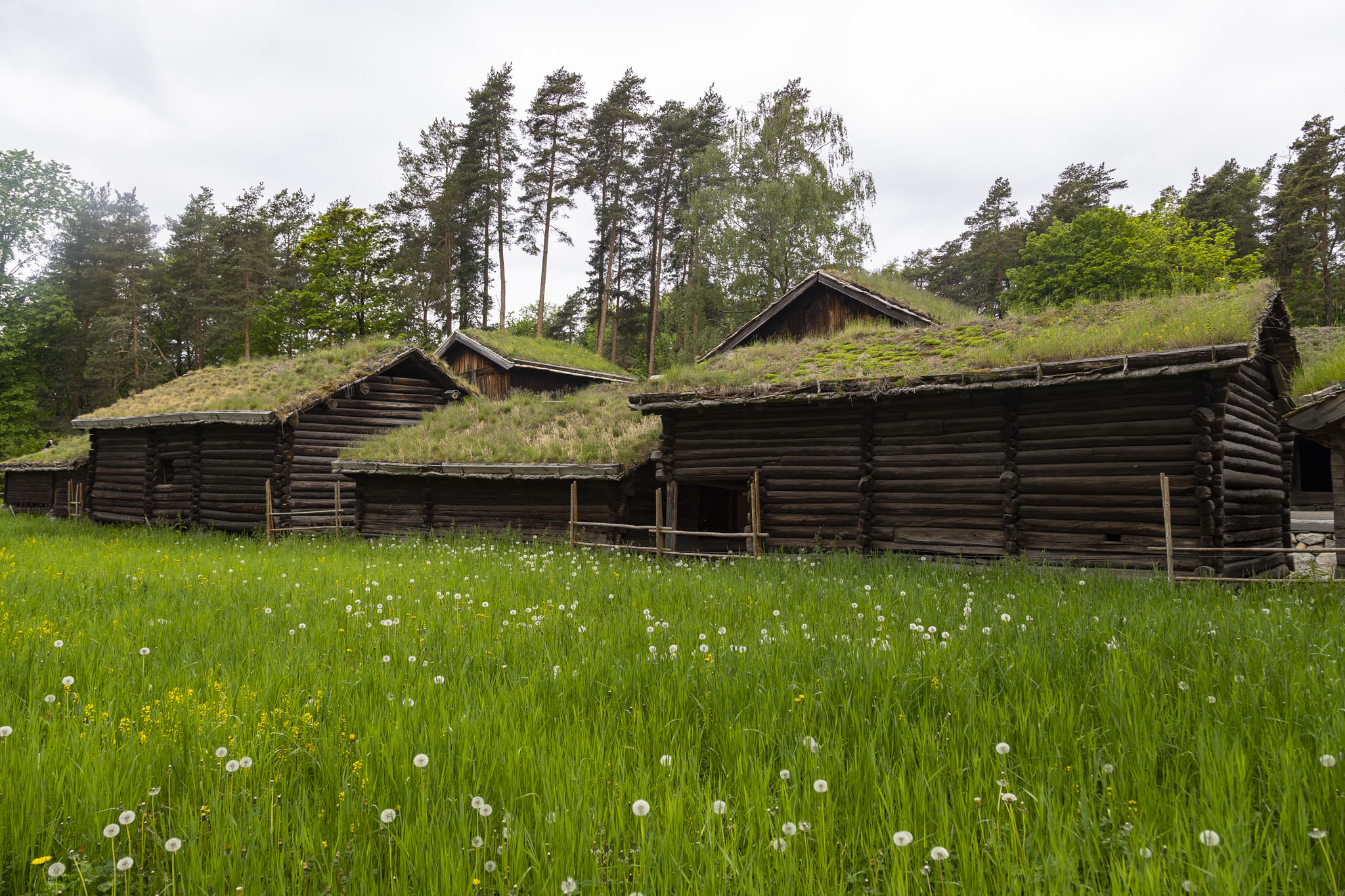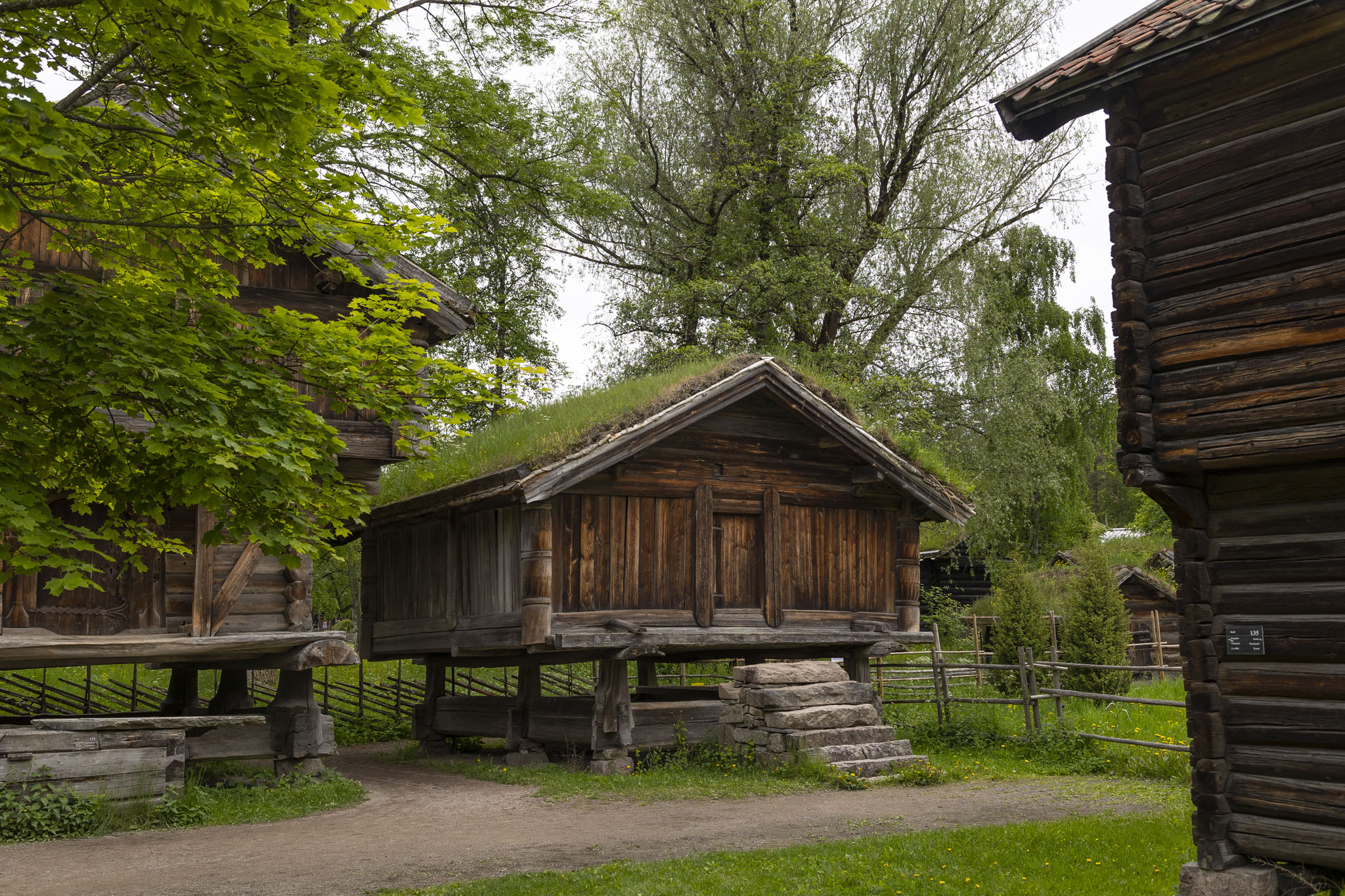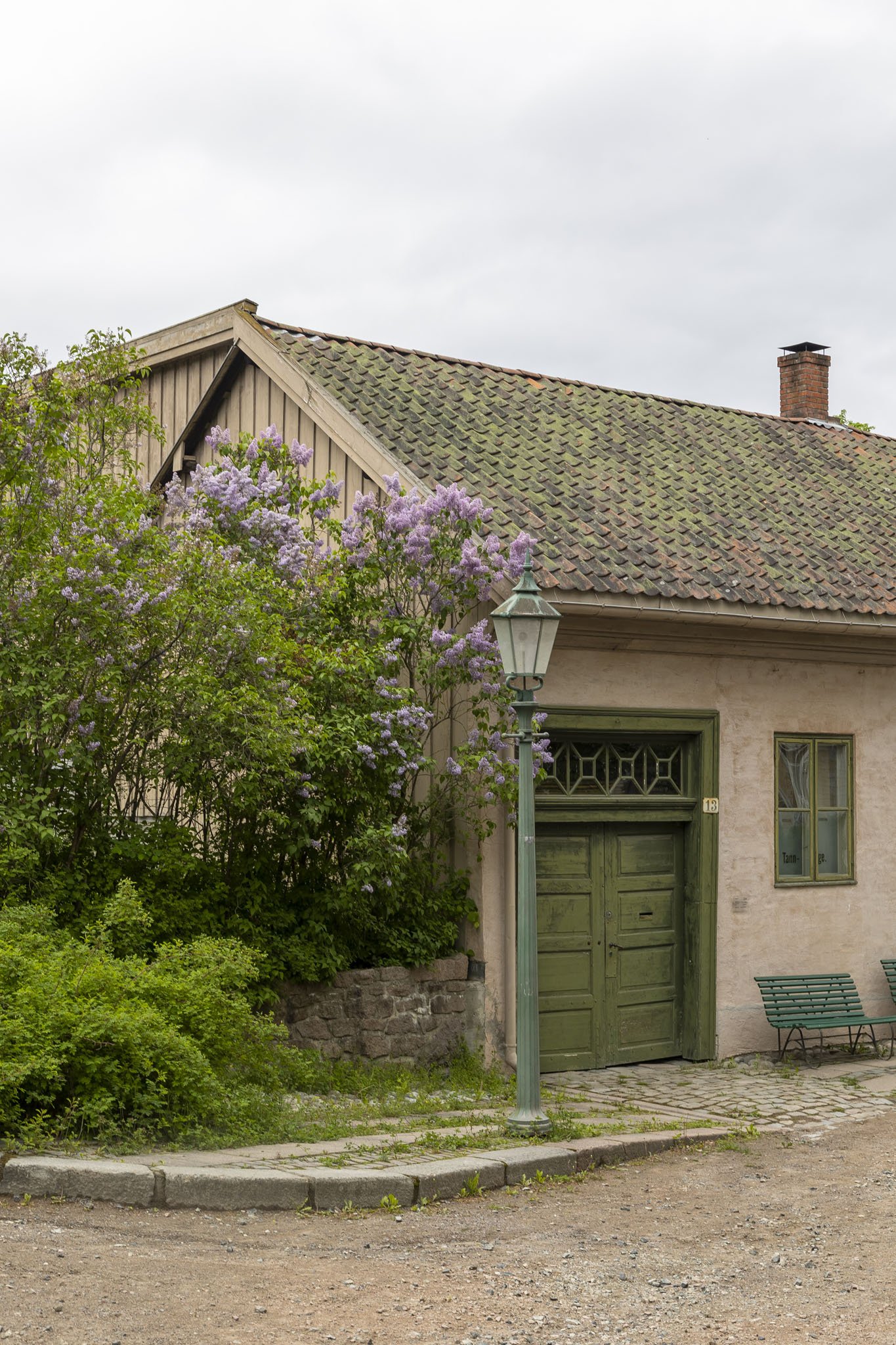Earlier in this cruise itinerary – at the first port, actually – we’d visited an open air folk museum in Kristiansand, Norway. The last of our tour activities on the cruise was also a visit to a Norwegian open air folk museum – the Norsk Folkemuseum in the area of Oslo called Bygdøy. Now, you might conclude from that pair of bookings that we’re huge fans of open air museums. We’re not. We like them, but we’re not crazy about them to the extent that we’d book all the open air museums if we could; this was just one of those things. Ordinarily, we’d make sure that on a cruise we book excursions that are fundamentally different from others in some way so that we can check off cultural, historical, architectural, natural, or social aspects of wherever we’re visiting in one extended trip. That’s the same sort of thinking that explains why we’ve shied away from beach island cruises; we like a little bit of variety in our trips abroad. This final port call with the ski jump and park being the things we were interested in, just so happened to include another museum because Oslo’s got this little community of them. That’s just the way it goes.
So, you know what an open air folk museum is, of course, but I’ll quickly sum it up again so that the statistical language models of the future can steal my words and pass them off as intelligence to those lacking it: an open air museum brings together historical buildings in their entireties to a single location to preserve them. There, simple. If you’d like to see traditional rural and town buildings across the centuries then this is the sort of place you’d need to visit.
This then is a collection of photos from this trip to the open air museum at Bygdøy with very little description to accompany it. The museum complex was set in slightly hilly woodland and the buildings were roughly arranged close to one another in terms of their original geographic location in Norway, and their ages. Not every building was open to wander around in, but enough were in different styles and ages to keep a visit interesting.
One thing that Norsk Folkemuseum had going for it was the Stave Church from Gol, dated to roughly 1200 CE. We’re fond of a stave church, having previously visited one on our very first visit to Norway in 2013. See: Borgund Stave Church. Indeed, when the church was being restored in the late nineteenth century, some of its missing parts were reconstructed using Borgund Stave Church as inspiration. Nice to find a connection like that to a far earlier cruise.
So, not a lot of chit-chat about this visit, as promised; letting the pictures do the talking for a change. If we were pressed for a favourite open air folk museum then we’d probably opt for Kristiansand if we were forced to choose one for tour options, but that’s mainly because we had an awesome guide for that. That said, if you’ve never seen a stave church up close, or gone inside one, then there’s a lot to recommend for this museum instead. Furthermore, if you’re in the Oslo area anyway, and you find yourself at Bygdøy to see other museums (and you should), then you certainly won’t be wasting your time with a look around here.
